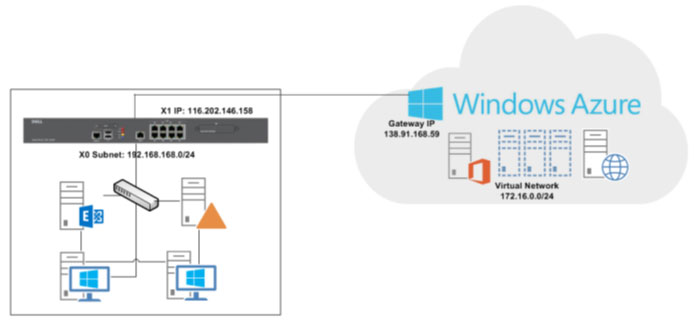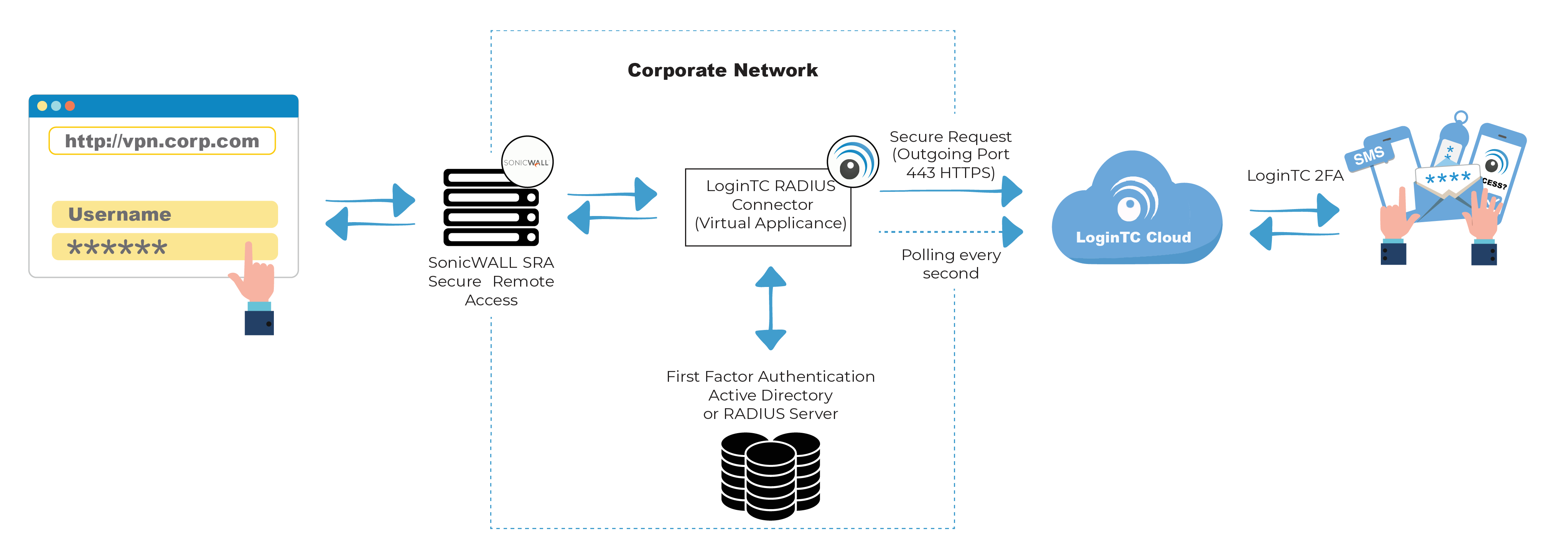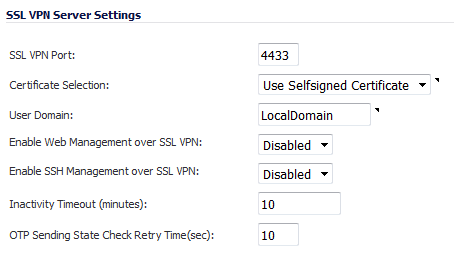

- Sonicwall ssl vpn client not getting gateway ip how to#
- Sonicwall ssl vpn client not getting gateway ip install#
- Sonicwall ssl vpn client not getting gateway ip zip file#
- Sonicwall ssl vpn client not getting gateway ip password#
- Sonicwall ssl vpn client not getting gateway ip plus#
During IKE phase I, the remote access client and Security Gateway attempt to authenticate each other. To understand why large UDP packets arise, we need to take a closer look at the first phase of IKE. When the second fragment arrives, the NATing device cannot translate the port information because the second packet does not contain a UDP header the packet is dropped. When the first fragment arrives, the NAT device successfully translates the address information in the IP header, and port information in the UDP header and forwards the packet.
Sonicwall ssl vpn client not getting gateway ip how to#
The NATing device does not know how to wait for all the fragments, reassemble and NAT them. The second fragment consists of only the IP header and the second data fragment.
Sonicwall ssl vpn client not getting gateway ip plus#
The first fragment consists of the IP header plus the UDP header and some portion of the data. In Figure 31‑1, the UDP packet is too long so the remote client fragments the packet. Hide NAT not only changes the IP header but also the port information contained in the UDP header. Problems arise when the remote access client is behind a hide NAT device that does not support this kind of packet fragmentation: If the resulting packets are greater than the MTU, the packets are fragmented at the Data Link layer of the Operating System's TCP/IP stack. When a remote access client attempts to create a VPN tunnel with its peer Security Gateway, the IKE or IPsec packets may be larger than the Maximum Transmission Unit (MTU) value. NAT related issues arise with hide NAT devices that do not support packet fragmentation. For more information on Split DNS see: Remote Access Advanced Configuration. Other issues, such as Domain Name Resolution involving DNS servers found on an internal network protected by a Security Gateway, are resolved with Split DNS. Routing issues of this sort are resolved using Office mode. Other connectivity issues can arise, for example when a remote client receives an IP address that matches an IP on the internal network.

Remote clients are, by their nature, mobile. While there are a few connectivity issues regarding VPN between Security Gateways, remote access clients present a special challenge. The Need for Connectivity Resolution FeaturesĬheck Point Solution for Connectivity Issues You have successfully installed your SSL Certficiate.Resolving Connectivity Issues In This Section: To restart your device, expand System and then click Restart. If you are not prompted to restart your SonicWALL SSL VPN device, restart your device. On the top right of the System > Certificates page, click Apply. On the System > Certificates page, in the Server Certificates section, select the certificate that you want activated.
Sonicwall ssl vpn client not getting gateway ip password#
When prompted for you password, enter the password that you created to protect your server.key file during the creation of your CSR. On the System > Certificates page, in the Server Certificates section, to the right of your SSL Certificate with the pending request, click the Configure icon. In the Import Certificate window, click Upload.Īfter the certificate is imported, it appears in the Server Certificates list on the System > Certificates page. In the Import Certificate window, click Browse to locate and open the server.zip file that you created. On the System > Certificates page, in the Server Certificates section, click Import Certificate. In the portal, expand System and click Certificates. Log into the SonicWALL VPN SSL appliance portal.

Note: You may need to provide the password that you created to protect your server.key file during the creation of your CSR.
Sonicwall ssl vpn client not getting gateway ip zip file#
zip file named server.zip.Īn easy way to create the zip file is to copy both files into a specific folder, select both files, right-click on them, and then, click Send to > Compressed Folder. Take your server.crt file and your server.key file (generated during the creation of your CSR) and combine them into a. crt file (i.e your_domain_com.crt) that DigiCert sent to you, and rename it server.crt.
Sonicwall ssl vpn client not getting gateway ip install#
If you are installing an SSL Certificate corresponding to a pending CSR, use this instruction to install your SSL Certificate.


 0 kommentar(er)
0 kommentar(er)
